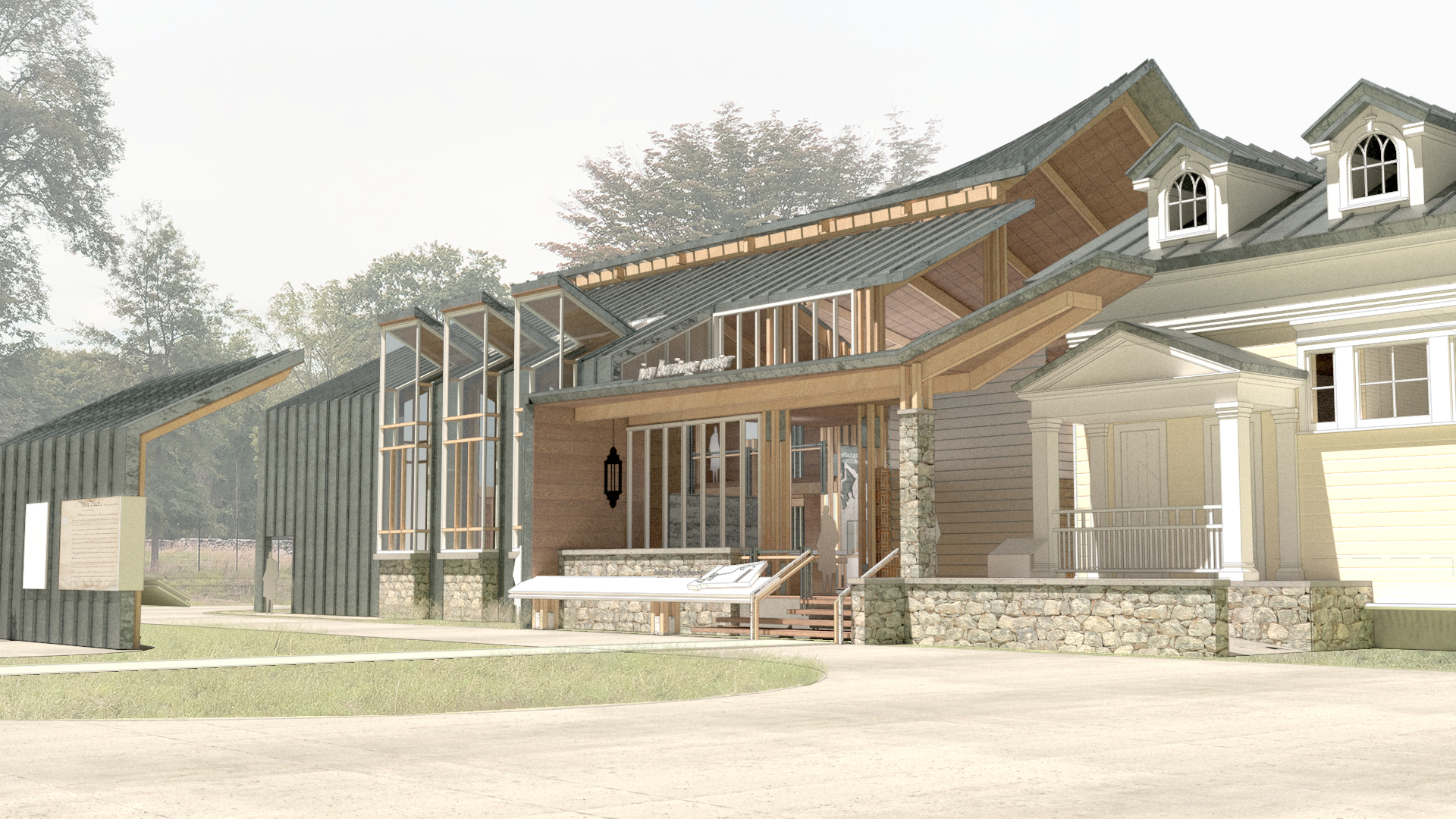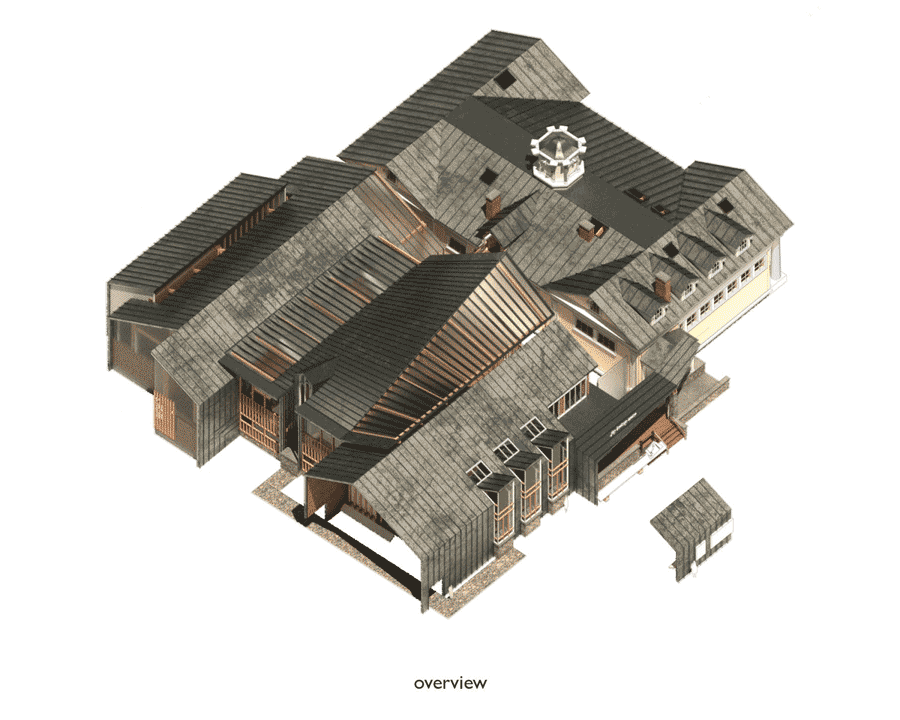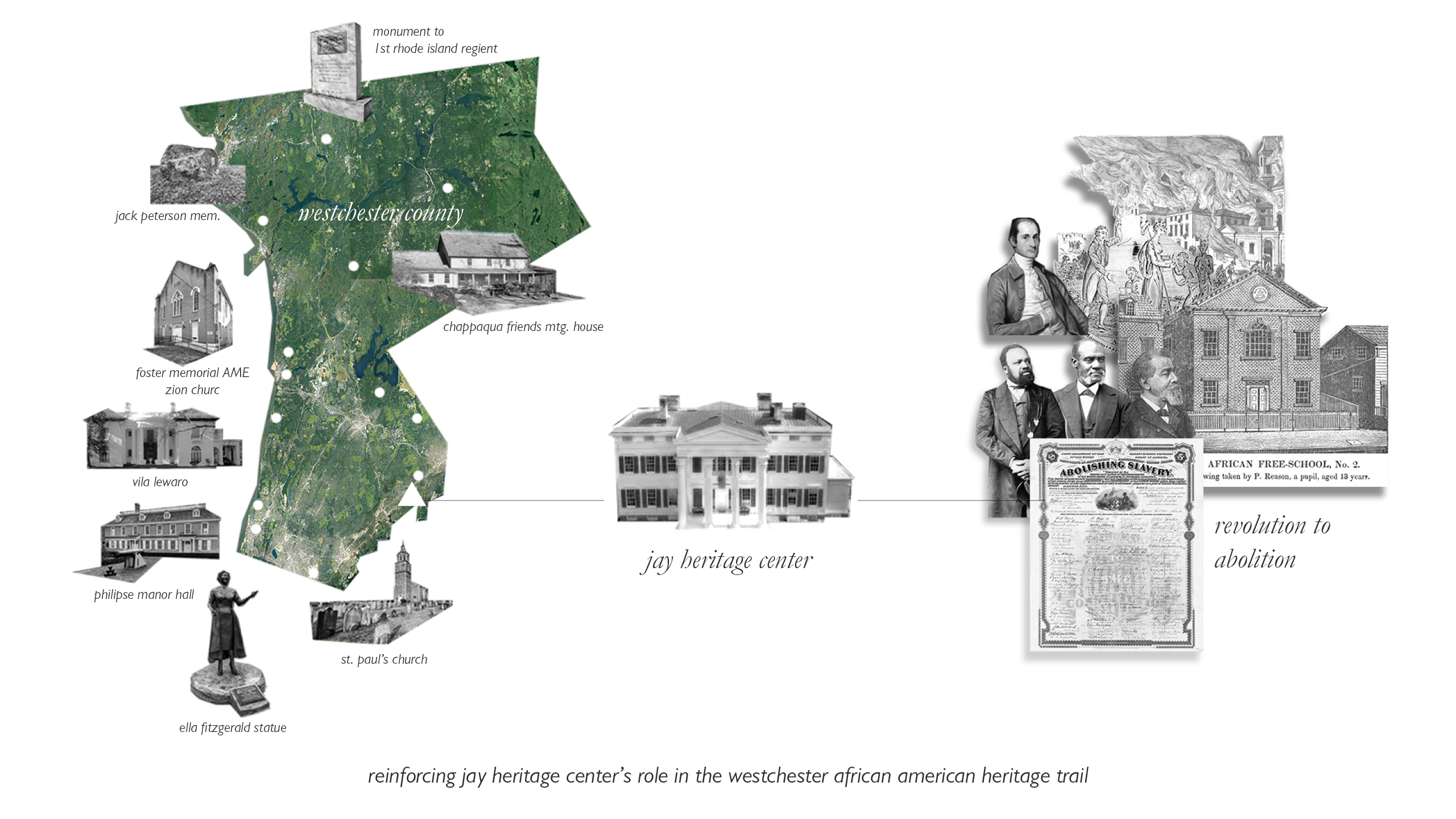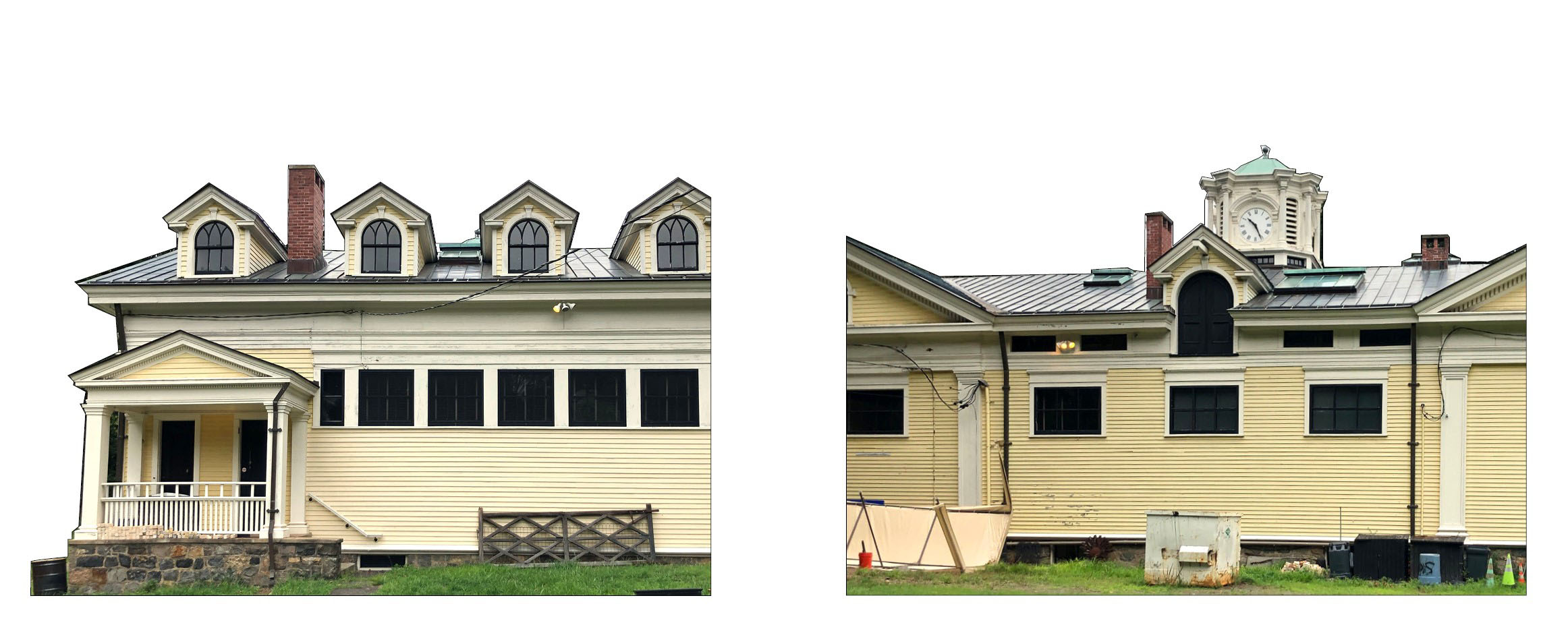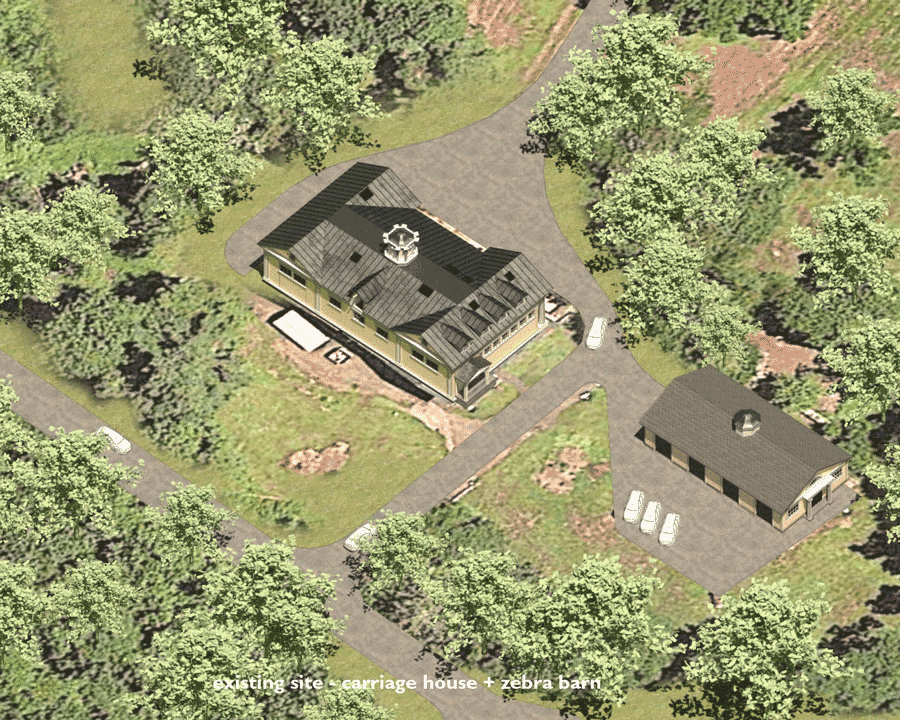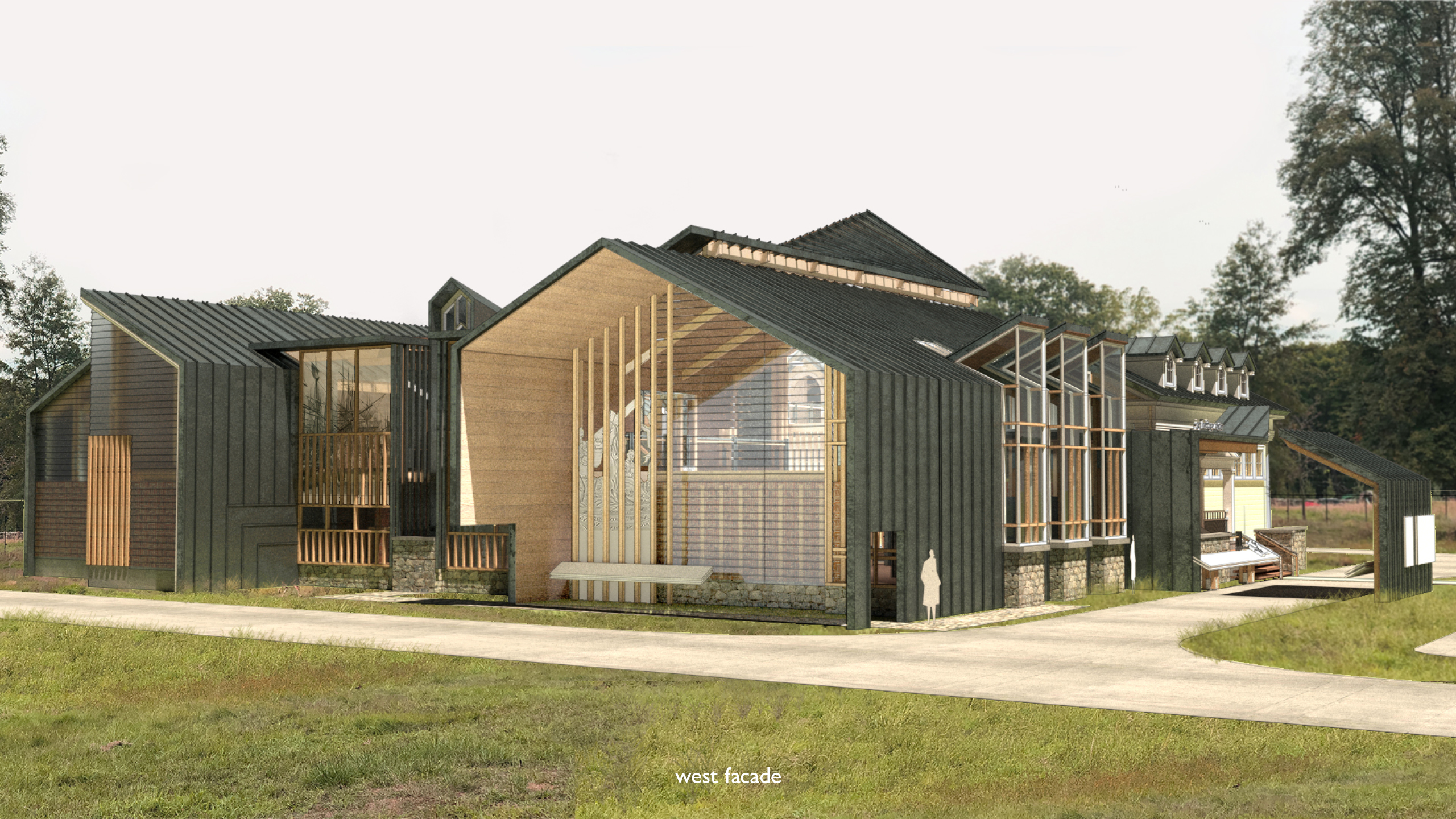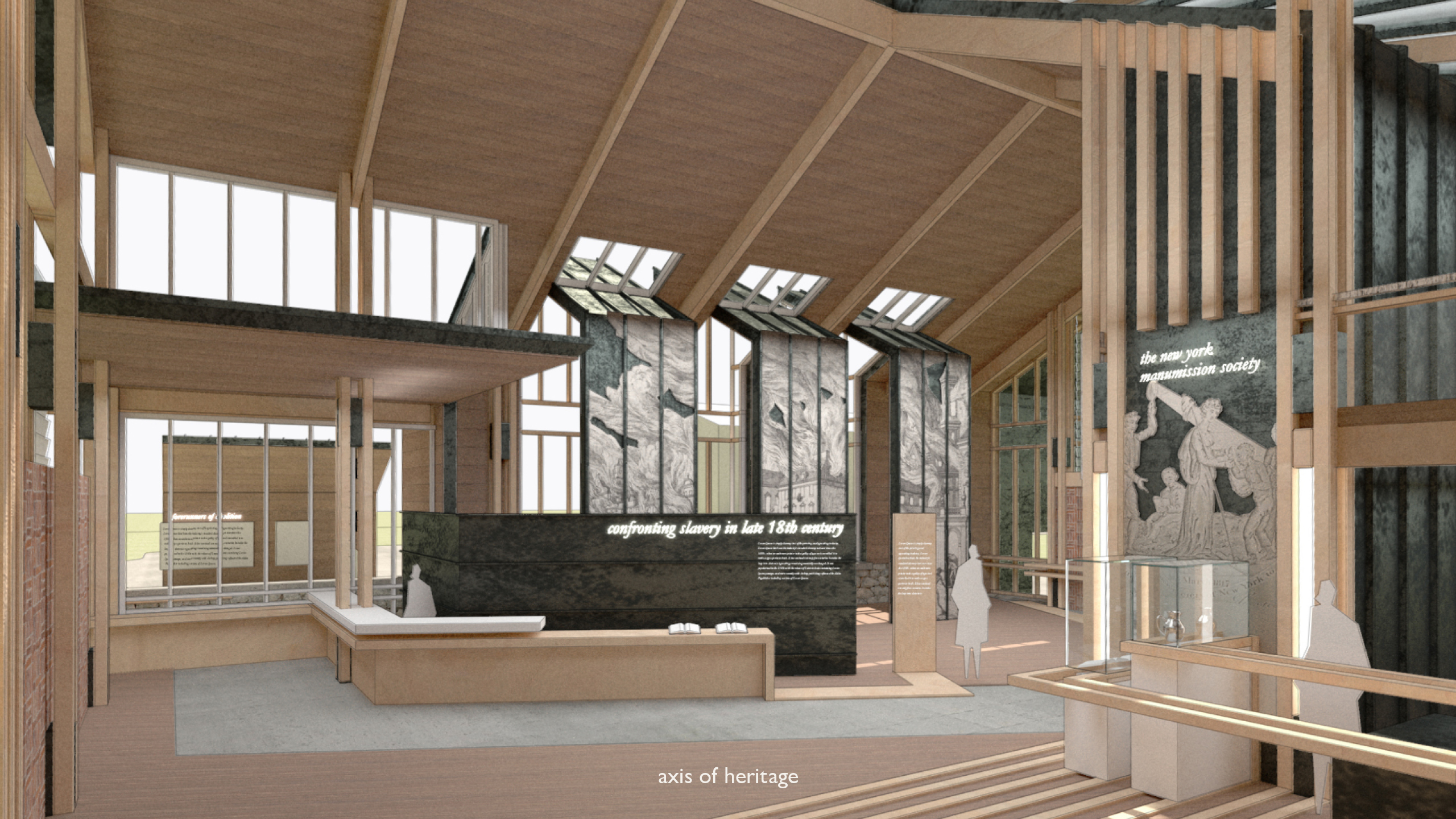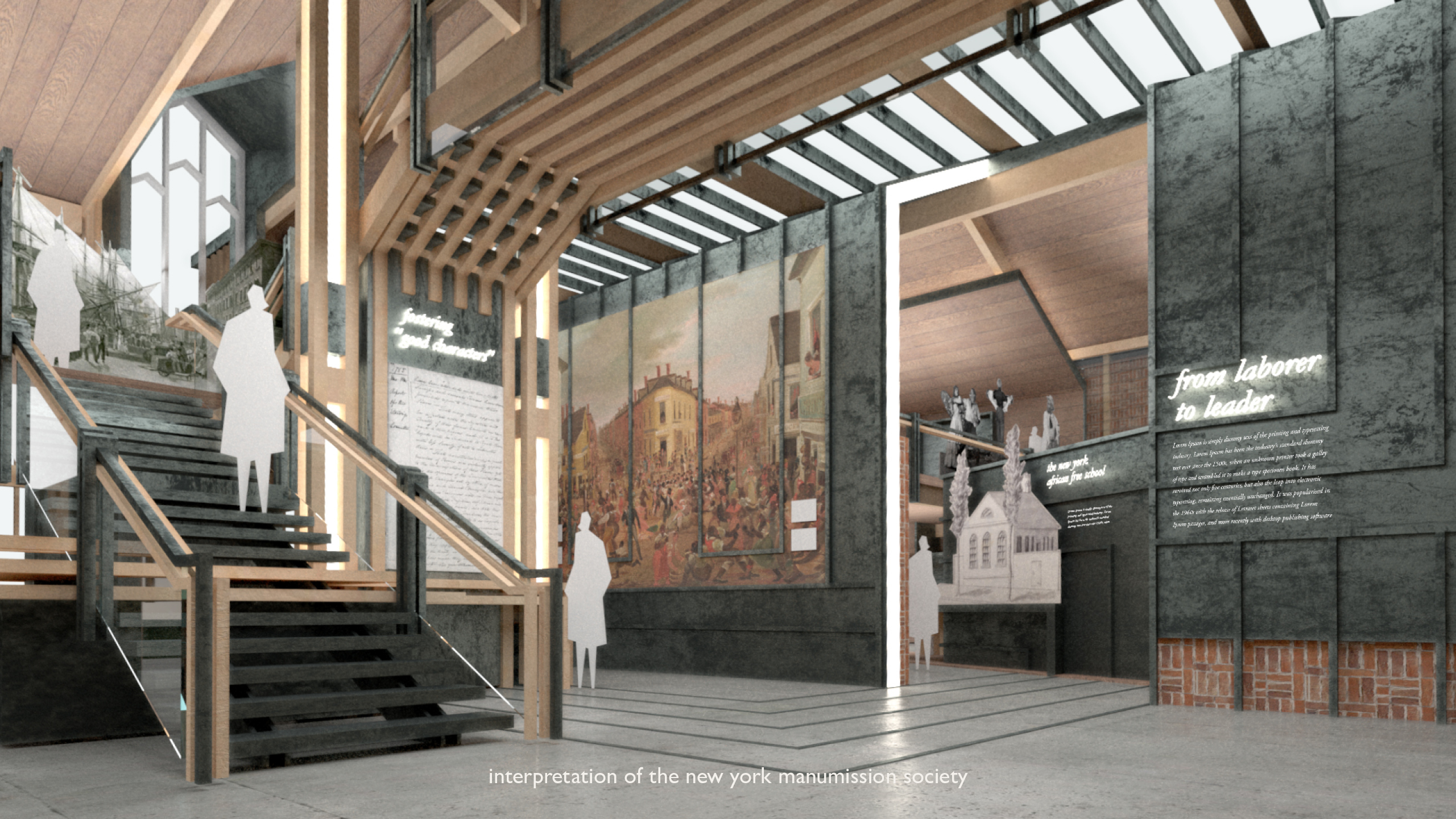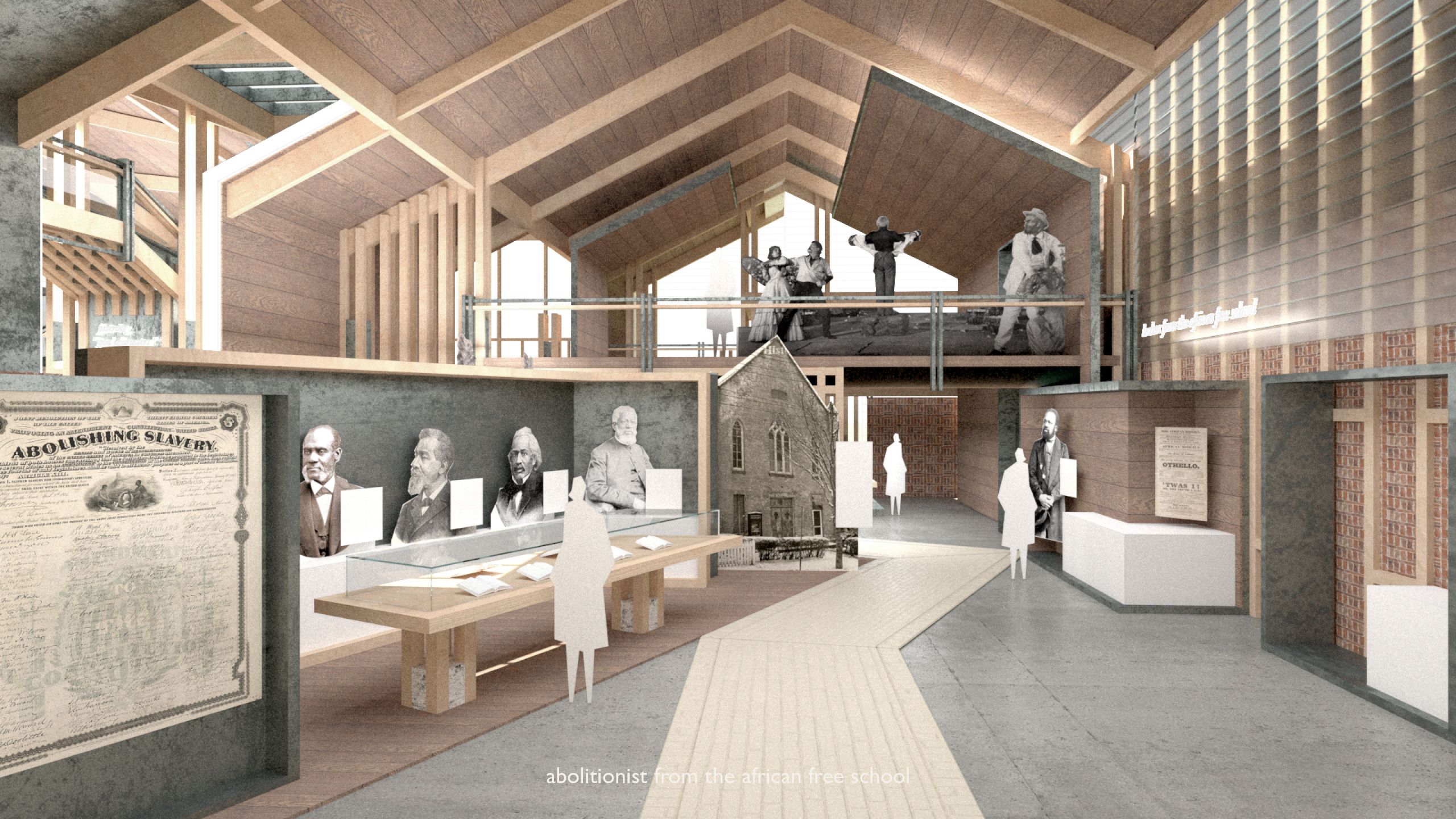Jay Heritage Center – Visitor Center
M.Arch Advanced Studio V
Columbia University, GSAPP
New York
Fall 2020
Section Critic
Mark Rakatansky + Jorge Otero-Pailos
Located in the property of Jay Heritage Center (JHC) at Rye, NY, The proposed structure will be home to three exhibits that explore the legacy of John Jay, the New York Manumission Society, and New York African Free School in the early 19th century. The project aims to re-establish JHC’s historical narrative through the critical reconstruction of John Jay’s contradictory legacy to address pressing issues of social injustice in the present and future.

